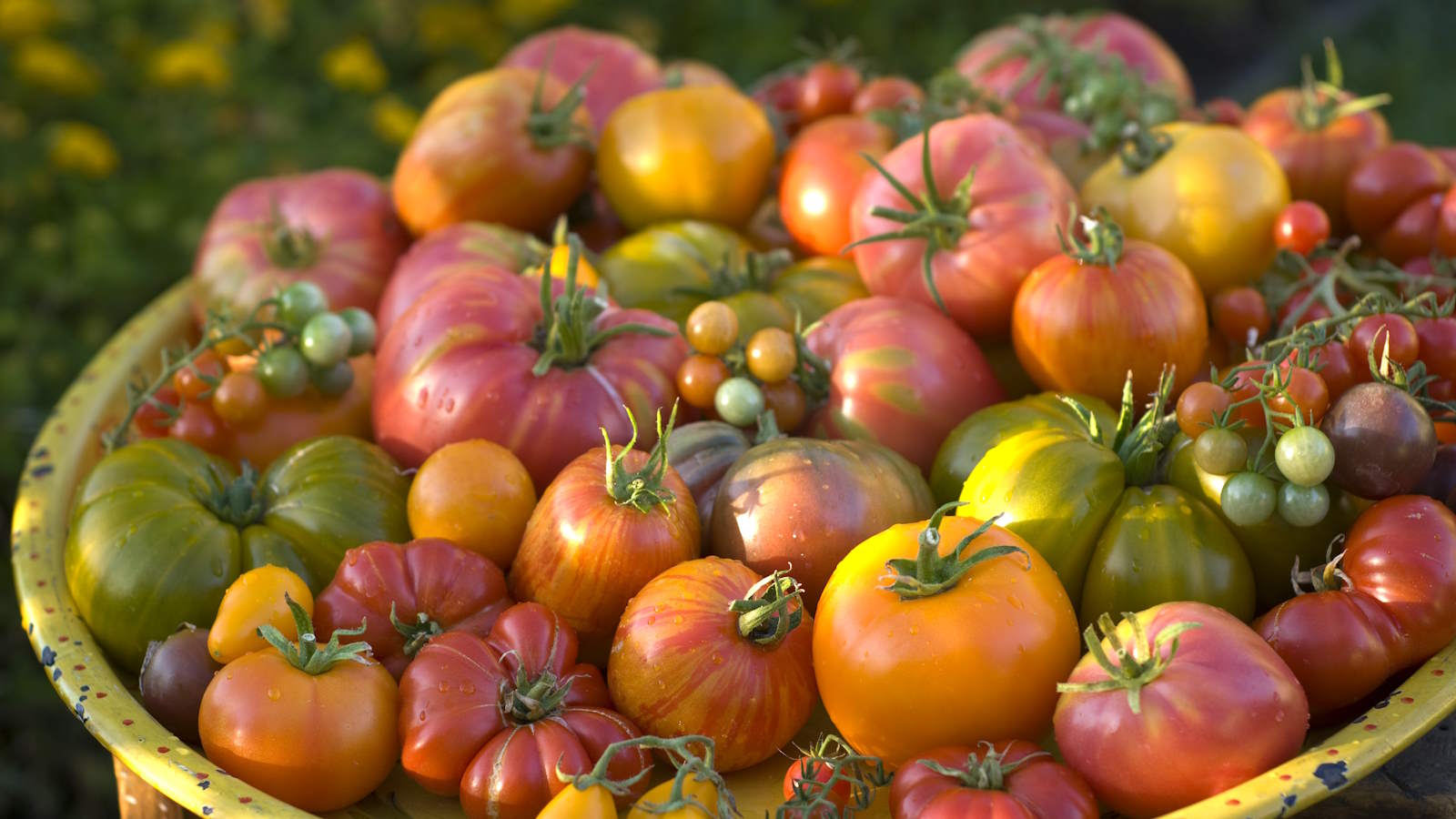As summer yields a bountiful harvest of tomatoes, many find themselves with more than they can use. To avoid waste, experts recommend freezing this versatile ingredient, ensuring it remains a staple in kitchens year-round. With guidance from culinary professionals and food waste advocates, here’s how to properly freeze tomatoes for future culinary delights.
Freezing Methods for Optimal Enjoyment
Freezing tomatoes is not only a practical solution for preserving freshness but also an efficient way to manage kitchen space. According to Lori Taylor, founder and CEO of The Produce Moms, the simplest method is to freeze tomatoes whole and raw. “Gently rinse the tomatoes under cold running water, pat them dry, and freeze them individually on a baking sheet until solid. After two to four hours, transfer them into freezer bags or containers,” she explains. This method allows for easy portioning later on.
For those with limited freezer space, using an expandable freezer shelf can help maximize storage efficiency.
Advanced Freezing Techniques
Blanching tomatoes before freezing can offer significant benefits. Renee Guilbault, chef and CEO of Harry’s Famous Sauce, notes, “Blanching for 30 seconds makes peeling the skins easier and preserves the tomatoes’ color.” This preparation step not only enhances the visual appeal of dishes but also saves time when cooking. Ensure that blanched tomatoes cool to room temperature before freezing to prevent bacteria growth and maintain freezer temperature.
If time is short, scoring the tomatoes can simplify future cooking tasks. Sarah Corbin from the Food Recovery Network recommends lightly scoring the bottom of each tomato with an ‘X’ before freezing. This technique facilitates easy peeling later, making them ideal for sauces and stews.
For those with pre-sliced tomatoes, the freezing process remains straightforward. “Wash and dry the tomatoes, optionally peel, and freeze them on a baking sheet until solid,” advises Taylor. This method is particularly useful for recipe-specific portions or leftover slices.
Blending tomatoes is another effective way to preserve them. Blended tomatoes, either raw or roasted, can last in the freezer for six to eight months. “Freeze in ice cube trays for soups or sauces, and larger portions in bags for recipes requiring more,” suggests Guilbault. Avoid air exposure by removing all air from freezer bags to maintain freshness.
Practical Tips for Freezing Tomatoes
When freezing, consider using silicone freezer trays, which are ideal for single portions of blended tomatoes. They help streamline meal preparation while saving space. Additionally, using sturdy glass containers for larger portions of blended tomatoes is recommended, as they are microwave-safe for easy defrosting.
While frozen tomatoes retain their culinary value, it’s important to note that they may lose their original texture once thawed. “They work best in cooked dishes like stews and soups, where texture is less critical,” Guilbault advises.
Frozen tomatoes can be used directly in many recipes without thawing. “For soups, stews, and sauces, you can add frozen tomatoes straight into the pot,” Taylor confirms. This convenience further enhances their utility in the kitchen.
As summer draws to a close, these freezing methods ensure that the vibrant flavors of tomatoes can be enjoyed long after the harvest season. Whether you are a home cook or an avid gardener, implementing these techniques will help minimize waste and maximize culinary creativity.
For those inspired to grow their own tomatoes, consider researching the best varieties for pots and common mistakes to avoid for a successful crop.
